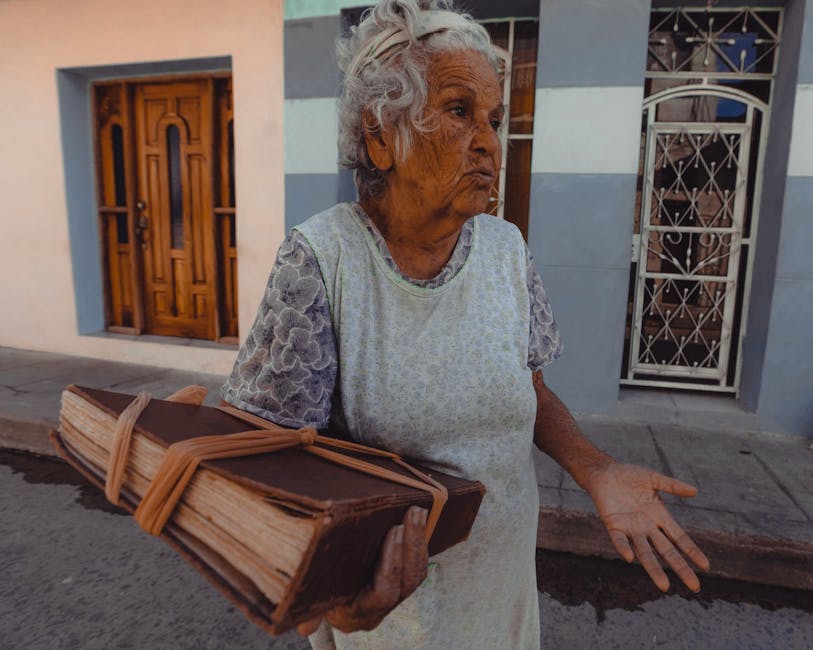Why Documentaries Still Cut Through the Noise
No flash, no filters, and no fluff—just stories that hit straight and stay with you. That’s what’s powering the quiet resurgence of documentaries right now. In a content ecosystem stuffed with algorithm-chasing overload and glossy sheen, the raw honesty of documentary storytelling offers something rare: trust.
2024 audiences are tuning in differently. They’ve had their fill of sleek edits and overproduced drama. What sticks now are moments that feel lived-in, flawed, real. Documentaries don’t pretend. Instead, they build slow trust, reveal truth layer by layer, and give space for subjects—human or otherwise—to breathe.
And that’s the win: in a time where viewers are skeptical and tired, authenticity isn’t just refreshing—it’s premium. From mini-docs on creators’ personal struggles to big-budget exposés, docs are proving that substance still has teeth. People want what feels true. That’s the space where documentaries aren’t just surviving—they’re leading.
The Power of Truth and Voice
Great documentaries don’t just inform—they pull you in. And lately, the ones hitting hardest are those cutting through polished noise to highlight stories no one’s bothered to tell. Marginalized voices, local struggles, quiet revolutions—these narratives are getting their overdue spotlight, and they’re doing it without grand budgets or celebrity narrators.
What works isn’t a complex edit or trendy aesthetic. It’s the story. Audiences care when they can sense the real stakes, the real people. A grandmother documenting her land being sold out from under her. A trans teen navigating school in a rural town. These aren’t subplots. They’re the whole point—and viewers are tuning in because no one else is showing this stuff.
Then there’s the access. The kind of access fiction can’t fake. Behind-the-scenes footage from courtrooms, border towns, recovery centers—these raw glimpses give people more than entertainment. They give understanding. When someone opens up on camera, unfiltered, it can’t be replicated in a scripted scene.
That’s the power doc-makers carry in 2024: reveal what others overlook, and do it with respect, not spectacle. When storytelling is grounded in trust and truth, audiences don’t just watch—they remember.
Formats Evolve, But Purpose Remains
There’s no one-size-fits-all anymore. Docuseries are thriving on streamers, giving audiences room to dig deep into stories episode by episode. Short-form docs, meanwhile, are dominating YouTube and social platforms—tight, emotionally sharp, and built for immediacy. Add to that the rise of interactive documentaries, where viewers shape the story path, and you’ve got formats bending in every direction.
Streaming platforms aren’t just curating—they’re influencing the way stories get told. Budgets aren’t always bigger, but expectations are. Viewers expect clarity, pacing, and polish, even in grassroots content. That’s pushing creators to think more like producers and editors, not just storytellers.
And when it lands right, the ripple travels fast. Stories don’t just end after the credits—they spill onto TikTok, spark threads on Reddit, launch petitions, playlists, and merch. A documentary isn’t just a film anymore. It’s a launchpad for movement, memory, and momentum.
Creators Driving the Shift
A new class of independent filmmakers is setting the tone in 2024—and they’re doing it without million-dollar budgets or studio backing. These storytellers are nimble, unafraid to dig into topics others won’t touch, and smart about how they shoot, edit, and distribute. It’s less about red carpets and more about boots on the ground. Think one-person crews with DSLRs turning out documentaries that rack up millions of views and spark national conversations.
What’s fueling this wave is collaboration. Traditional journalists, often with deep reporting chops and ethical frameworks, are teaming up with creators who understand native platforms and audience psychology. Together, they’re building powerful hybrids: stories with substance, delivered in ways that feel fresh, fast, and intimate.
Cost-wise, it’s a revolution. High-quality doesn’t mean high-spend anymore. With smart gear, lean crews, and agile workflows, filmmakers are making polished, festival-ready projects on budgets that would’ve barely covered lunch on a legacy production. The line between creator and documentarian is vanishing—and that’s making space for voices that were never invited into the room before.
What Makes a Story Resonate in 2024
In a crowded digital space, not every story makes an impact. The documentaries that resonate today aren’t just informative—they’re timely, emotionally grounded, and ethically produced. Here’s what gives a documentary lasting power:
Relevance: Hitting the Cultural Pressure Points
Truly impactful documentaries tune in to the collective pulse. They address the issues people are thinking about, talking about, and living through in real time.
- Focus on pressing topics: climate change, social justice, public health, inequality
- Capture moments of change or uncover perspectives that disrupt the status quo
- Align storytelling with cultural events, trends, or conversations
Relatability: The Emotional Arc Matters
Even the most complex issues become powerful when told through a personal lens. Audiences connect more deeply when the story feels human.
- Use real voices to drive the narrative—let subjects lead their own stories
- Find universal emotions: hope, fear, loss, triumph
- Create emotional pull without sacrificing narrative clarity
Responsibility: Purpose Over Spectacle
Ethical storytelling isn’t just a bonus—it’s a necessity in 2024. Viewers are more critical and more informed. Authentic, responsible narratives earn trust.
- Avoid voyeurism or sensationalism—respect subjects and their experiences
- Fact-check rigorously and be transparent about methods
- Use storytelling influence to amplify, not exploit
As audiences grow more discerning, creators who tell the truth with care—and intent—will continue to stand out.
A Quick Benchmark for Innovation
Documentaries in 2024 aren’t confined to the traditional sit-down-and-watch format. They’re bleeding into variety shows, gamified formats, and experimental storytelling in ways that, a few years ago, would’ve felt too chaotic to work. Now they do. This hybridization is breaking rules, and audiences are here for it.
We’re seeing truth-driven stories wrapped in unexpected packages—think live segments, unscripted panel discussions, or audience-driven plotlines. There’s room for humor, music, competition, even absurdity, as long as the core stays grounded in something real. It’s less about genre boundaries and more about resonance.
Creators are tapping into the flexibility of variety formats to keep attention spans alive while delivering messages that matter. That mix—authenticity plus innovation—is what’s helping documentary-style storytelling move beyond the niche and into pop culture relevance.
For deeper examples and crossover experiments, check out Variety Shows Bringing Innovation to TV Screens.
The Takeaway
Documentaries aren’t clinging on—they’re setting the bar. In a media space full of noise and fast takes, the slow-burn power of real stories stands out. The best documentaries aren’t bloated or overworked. They’re sharp, intentional, and deeply rooted in truth.
For creators, that means getting clear on the why. What’s the point? What do you want a viewer to walk away with? You don’t need a film crew or six-figure funding. You need a tight concept, solid research, and a voice people trust. Lean into that and it resonates.
For viewers, the appeal is simple. When we’re drowning in spectacle, something authentic cuts deeper. A well-told documentary lands because it respects the intelligence and emotions of its audience. And in 2024, that’s not just refreshing—it’s vital.




